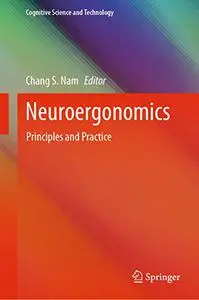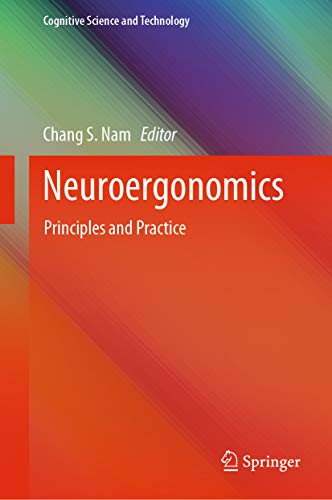Chang S. Nam, "Neuroergonomics: Principles and Practice"
English | 2020 | pages: 473 | ISBN: 3030347834 | PDF | 9,5 mb
English | 2020 | pages: 473 | ISBN: 3030347834 | PDF | 9,5 mb
This book sums up key research findings, and theoretical and technological advances having a direct bearing on neuroergonomics. Neuroergonomics is an emerging area whose Neuroergonomics is an emerging area that is collectively defined as the study of human brain function and behaviour in relation to behavioural performance in natural environments and everyday settings. It helps readers to understand neural mechanisms of human cognition in the context of human interaction with complex systems, as well as understanding the change of perception, decision-making and training in humans. The authors give new insights into augmenting human performance, reflecting upon the opportunities provided through neuroergonomics research and development.
Computer systems acting on data from behavioural-output, physiological, and neurological sensing technologies are used to determine the user’s cognitive state and adapt the systems to change, support, and monitor human cognition. Various domains and case studies delve into the field of neuroergonomics in detail. These include, but are not limited to:
- an evaluation of technologies in health, workplace, and education settings, to show the different impacts of neuroergonomics in everyday lives;
- assessment of real-time cognitive measures;
- dynamic casual interactions between inhibition and updating functions, through analysis of behavioral, neurophysiological and effective connectivity metrics; and
- applications in human performance modelling and assessment of mental workload, showing the reader how to train and improve working memory capacity.
Neuroergonomics: Principles and Practice provides academic practitioners and graduate students with a single go-to handbook that will be of significant assistance in research associated with human factors and ergonomics, human-computer interaction, human-systems engineering and cognitive neuroscience.
My Link



